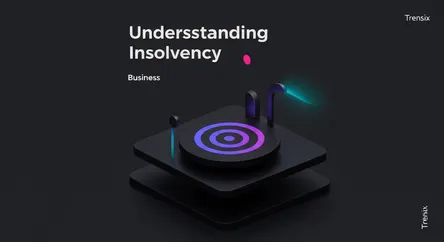Business
Understanding Insolvency

Discover what insolvency means, why it's on the rise, and how this financial state affects both individuals and businesses facing overwhelming debt.
What is it?
Insolvency is a financial state where an individual or organization can no longer meet their financial obligations to lenders as debts become due. It's crucial to distinguish it from bankruptcy, which is a legal procedure that happens as a result of insolvency. There are two main types: cash-flow insolvency, where a party has assets but lacks the liquidity to pay debts, and balance-sheet insolvency, where total liabilities exceed total assets. This state signals severe financial distress and often precedes formal restructuring or bankruptcy.
Why is it trending?
Insolvency cases are increasing globally due to challenging economic factors. Persistently high inflation, rising interest rates, and the withdrawal of pandemic-related government support have put immense pressure on both corporate and personal finances. Businesses are struggling with higher operating costs and reduced consumer spending, while households face a cost-of-living crisis. This economic squeeze makes it harder for many to service their debts, pushing a growing number toward a state of insolvency as cash reserves dwindle and liabilities mount.
How does it affect people?
For individuals, insolvency can be devastating, leading to bankruptcy, asset seizure, and long-term credit damage. For businesses, it can result in forced liquidation, closure, and significant job losses. It also creates a ripple effect, causing financial losses for suppliers, creditors, and investors. The process is often stressful and complex, requiring legal and financial intervention to navigate options, which may include debt restructuring agreements or formal bankruptcy filings to resolve the overwhelming financial obligations.